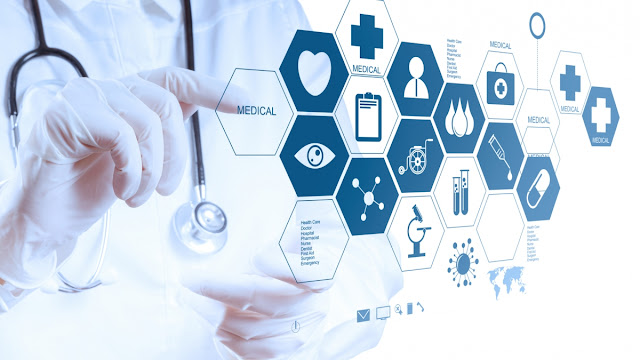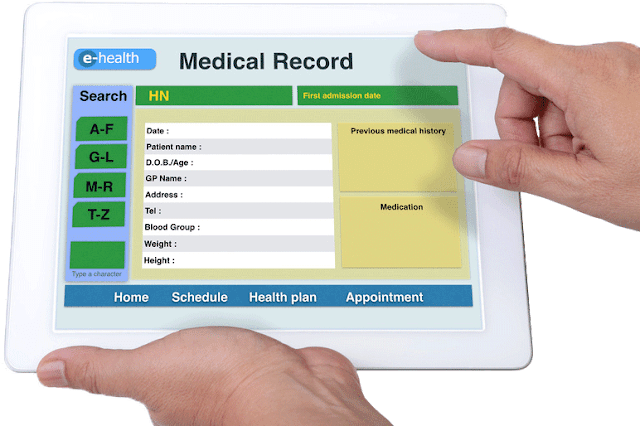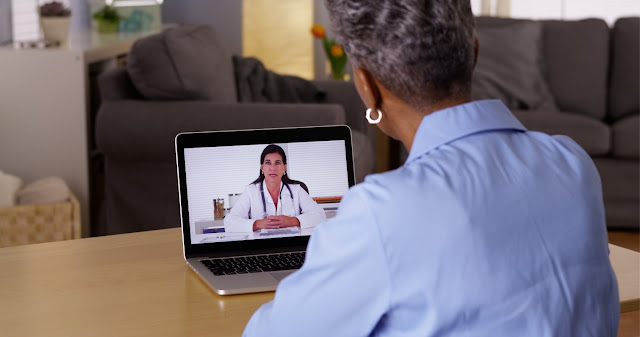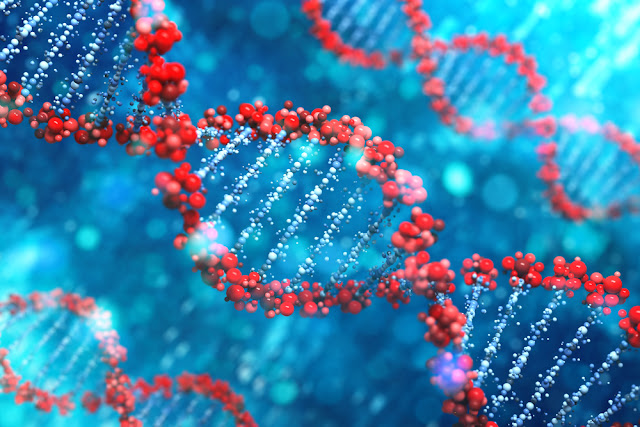How technology helps in the field of Healthcare
December 18, 2017
Technology has changed the way we communicate, listen to music, exercise, shop, and play games and much more. It is not surprising that we are seeing technology extend its reach into the healthcare industry. Healthcare technology is helping people live longer, reducing wait times and making it easier for doctors to diagnose diseases. Technology is considered to be the driving force behind improvements in healthcare and, when you look at the rate of change and recent innovations, many find it hard not to agree with that observation.
1. Healthcare Software
Development of specific software programs means that, for example, the World Health Organization has been able to classify illnesses, their causes and symptoms into a massive database that encompasses more than 14,000 individual codes.
This resource allows medical professionals and researchers to track, retrieve and utilize valuable data in the fight to control disease and provide better healthcare outcomes in general.
Software also plays a pivotal role in tracking procedures and using billing methods that not only reduce paperwork levels, but also allow practitioners to use this data to improve quality of care and all around efficiency.
Doctors report that they are deriving enormous benefits from the drive toward a total system of electronic medical records; patients enjoy the fact that software has created a greater degree of transparency in the healthcare system.
We have seen many positive changes in health IT and expect to continue witnessing more exciting developments in the future!
2. Remote patient monitoring
Remote patient monitoring (RPM) is a technology to enable monitoring of patients outside of conventional clinical settings (e.g. in the home), which may increase access to care and decrease healthcare delivery costs. Remote patient monitoring (RPM) uses digital technologies to collect medical and other forms of health data from individuals in one location and electronically transmit that information securely to health care providers in a different location for assessment and recommendations.
Monitoring programs can collect a wide range of health data from the point of care, such as vital signs, weight, blood pressure, blood sugar, blood oxygen levels, heart rate, and electrocardiograms.
This data is then transmitted to health professionals in facilities such as monitoring centers in primary care settings, hospitals and intensive care units, skilled nursing facilities, and centralized off-site case management programs. Health professionals monitor these patients remotely and act on the information received as part of the treatment plan.
Monitoring programs can also help keep people healthy, allow older and disabled individuals to live at home longer and avoid having to move into skilled nursing facilities. RPM can also serve to reduce the number of hospitalizations, readmission, and lengths of stay in hospitals—all of which help improve quality of life and contain costs.3. Electronic Health Records (EHR's)
The days of rows and rows of file folders framing the check-in desk at your doctor’s office are disappearing. In the past, hospitals had disparate information systems that were clumsy in their ability to share and transfer patient records. Electronic databases are now consolidating huge amounts of information, which greatly improves efficiency. Physicians and nurses can easily pull up a patient’s medical history, lab test results, records of vital signs and prescription orders from the database, as well as store new information to be referred to at a later date.
Patients have better access to their own health information with the use of patient portals, which allow them to understand their procedures better. With the advent of EHR's, many systems have been connected, allowing for faster information transfers and more integrated and efficient care.
4. Telehealth And Telemedicine Technology
Telemedicine is the use of telecommunication and information technology to provide clinical health care from a distance. It has been used to overcome distance barriers and to improve access to medical services that would often not be consistently available in distant rural communities. It is also used to save lives in critical care and emergency situations.
It is important to note that Telemedicine is not a separate specialty in medicine. There is virtually no distinction in the way in which a doctor of specialty group is reimbursed for this method of care versus in-house visits there are definite benefits to a consultation performed via video. The doctor or specialist hears your symptoms directly from you not from a note he receives in the mail 10 business days after your initial consultation with your primary care doctor.
For all patients, this tool can mean they get to stay in their community to be with family and friends. They save money by not having to travel across country to see a specialist. Additionally, urgent care is immediate care.
For providers of this tool, they see benefits in being able to reach a greater expanse of patients. Major surgical procedures can be approved by initial Telemedicine consultations. Finally, they get to see less of a turnout at already overcrowded ER rooms.
For providers of this tool, they see benefits in being able to reach a greater expanse of patients. Major surgical procedures can be approved by initial Telemedicine consultations. Finally, they get to see less of a turnout at already overcrowded ER rooms.
Telemedicine can be used to give any hospital or medical facility instant access to medical experts, specialists and to more education and information. It is the way to share all resources immediately with any hospital or clinic in the world.
5. Genome Sequencing
Personal genomics is considered by some as the future of healthcare. Personal genomics refers to the sequencing and analysis of one person’s genome and then giving that person his or her genomic information. Genome sequencing is figuring out the order of DNA nucleotides, or bases, in a genome—the order of As, Cs, Gs, and Ts that make up an organism's DNA. The human genome is made up of over 3 billion of these genetic letters. Genome sequencing is often compared to "decoding," but a sequence is still very much in code. In a sense, a genome sequence is simply a very long string of letters in a mysterious language. Sequencing the human genome has been one of the greatest advancements in medical technology of the last 40 years.
By sequencing individual genomes researchers can uncover large amounts of information concerning all aspects of that individual’s physiology?, from their susceptibility to certain diseases to the way they respond to specific drugs? One area personal genomics is particularly useful in, is pharmacogenomics?. The genetic information from an individual can, in some cases, be used to select the most appropriate drug to prescribe to a patient. This helps doctors to ensure that the drug has the maximum effect while minimizing any potential side effects. Personal genomics can also be used to predict or confirm a genetic disease? By looking at an individual’s genome it is possible to identify genetic variants? that may increase the likelihood of an individual having a genetic disease later on in life.
6. Wearable Technology
Wearable technology plays a prominent role in today’s healthcare transformation. Wearable are closely intertwined with an evolving healthcare delivery model. With this new model, care is being brought to the patient, wherever he or she is, rather than the patient having to visit a medical facility.
At the same time, many medical devices are undergoing an exciting design refresh to enhance the patient experience. They are becoming smaller and more mobile, opening new alternatives to traditional ways providers have interacted with patients, performed tests, collected data and delivered treatments.
We’ve never been more in control of monitoring our health. From wristband step and heart-rate trackers to weighing scales that monitor body fat, wearable and self-monitoring medical technology is changing the way we think about our own biology. Soon there will even be implants with sensors, which can measure blood data in people with diabetes.
The technological advances in the medical field have allowed for many lifesaving procedures to become commonplace. Just the thought of virtually visiting a doctor from hundreds or thousands of miles away would have been difficult to believe only a few decades ago. From remote monitoring tools and wearable medical technology to the sequencing of genomes, technology is improving health at a rapid pace.











0 comments